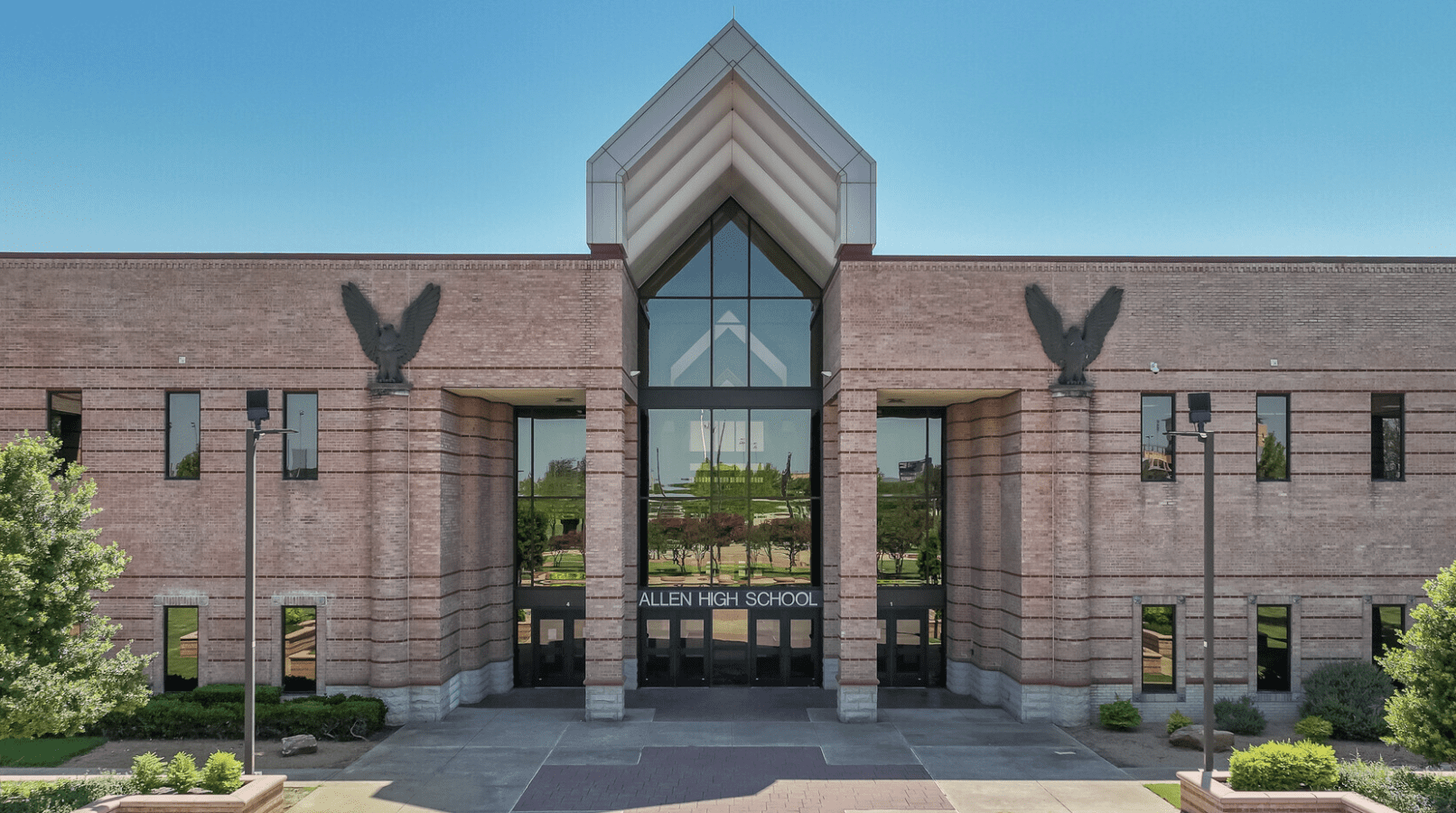Citing its fast growth, the Lone Star College system is asking the taxpayers of Montgomery and parts of Harris County to approve a $485 million bond package on November 4th. If approved, taxpayers can expect the bond’s total cost to be roughly $630 million after interest payments are considered.
This may seem like déjà vu; just 18 months ago Lone Star was denied their request for a $500 million bond package. This proposal is a slightly watered-down version of its predecessor. Both referendums called for additional facilities, but the first included a new Creekside facility, this instead calls for a new Magnolia facility.
It is worth noting that after the dismissal of the $500 million bond, Lone Star was able to find the funds within its operating budget to proceed with the Creekside project. Lone Star administrators are saying the new Magnolia facility is contingent upon the passage of this hefty bond.
The overall goal, according to Lone Star, is to add more classrooms and parking for its rapidly growing student body, with no expected property tax increase if the bond is passed. Campaigning for this bond are Ray Laughter, Vice Chancellor of external relations at LSC, and Le Ann Nutt, President of LSC-Tomball, who say the need for skilled workers in this region is driving LSC’s growth.
According to the proposal, roughly one third of funds would be going to advance technology centers. These technology centers would train students in the areas of IT, oil and gas processing, and heating and ventilation systems.
Rather than construct new facilities, Lone Star, the leading provider of workforce training in Montgomery and Harris County, could instead partner with locally based corporations that might find a benefit from helping train new professionals.
Too often graduates of degree and certificate programs graduate with what they think are necessary skills to obtain a job in their field of choice, but are left with a hefty bill and very few job prospects.
Corporations know what training they need in their workforce, why not have them fund the technology centers and build a curriculum that specifically fits their needs while assuring students are prepared for the jobs they seek? The return on investment for the participating companies would be substantial.
Another alternative to using borrowed money to create infrastructure for a projected number of students is reinforcing nontraditional measures. Building a strong online learning community responsive to student needs would reduce the amount of necessary classrooms and the need for additional parking. In combination with a strong E-learning community, increasing the number of night and weekend class options would minimize the amount of students on campus at any given time.
Does Lone Star College realistically need a $485 million bond to continue to adequately serve student needs, or would new college/business partnerships prove to be mutually beneficial and cost effective?
With early voting underway, now is the time for LSC property owners to ask these questions, and present alternatives that will benefit their community while saving money.




